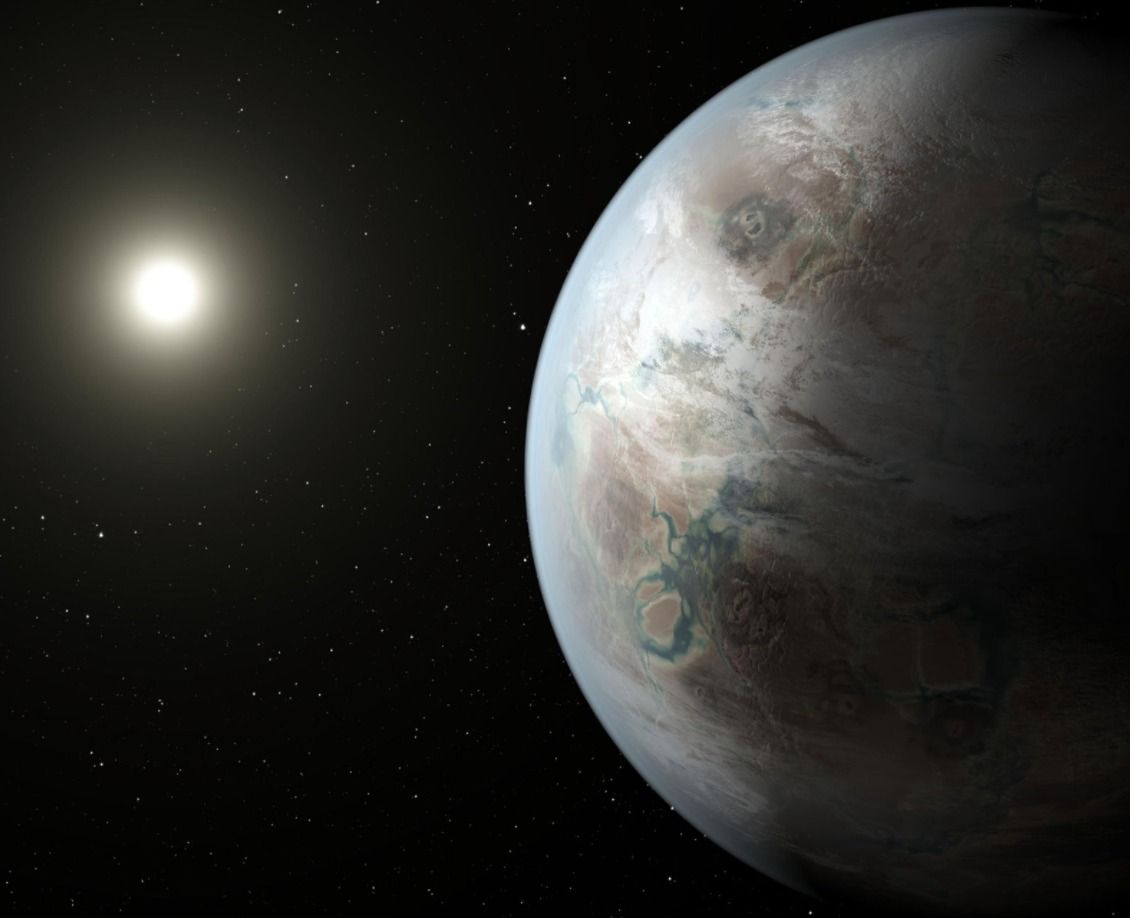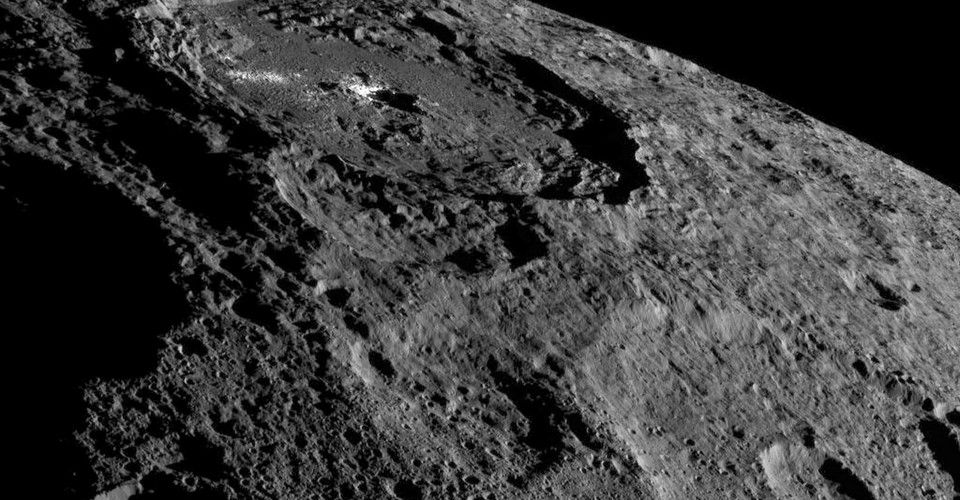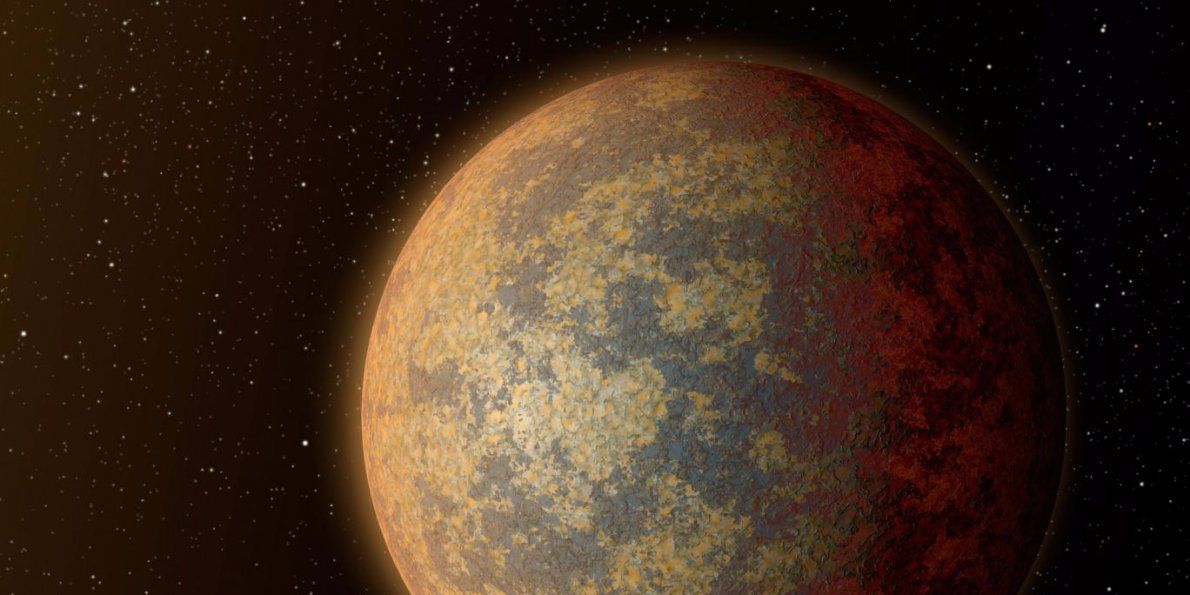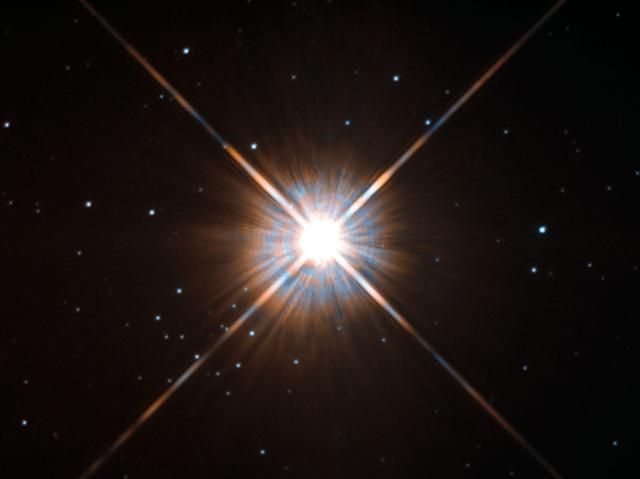Interestingly, Seager, who studies bio signatures in exoplanet atmospheres, has suggested that two inhabited planets could reasonably turn up during the next decade, based on her modified version of the Drake equation, Space.com notes. Her equation focuses on the search for planets with biosignature gases — gases produced by life that can accumulate in a planet atmosphere to levels that can be detected with remote space telescopes.

NASA will hold a news conference at 1 p.m. EST Wednesday, Feb. 22, to present new findings on exoplanets — planets that orbit stars other than our sun. As of Feb. 21, NASA has discovered and confirmed 3,440 exoplanets.
The briefing participants are Thomas Zurbuchen, associate administrator of the Science Mission Directorate at NASA Headquarters in Washington; Michael Gillon, astronomer at the University of Liege in Belgium; Sean Carey, manager of NASA’s Spitzer Science Center at Caltech/IPAC, Pasadena, California; Nikole Lewis, astronomer at the Space Telescope Science Institute in Baltimore; and Sara Seager, professor of planetary science and physics at Massachusetts Institute of Technology, Cambridge. Details of the findings are embargoed by the journal Nature until 1 p.m.








